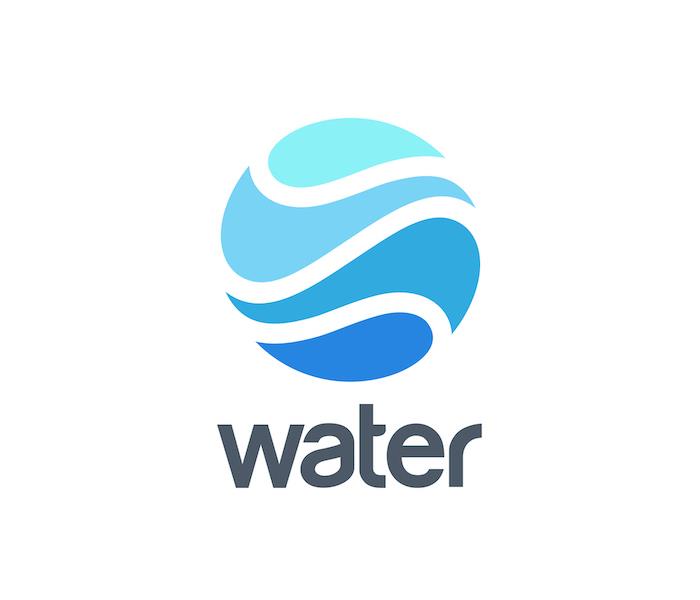What Are The Worst Types Of Damages to Expect After Water Intrusion?
10/20/2020 (Permalink)
SERVPRO Helps Daytona Beach Homeowners Address Any Water Damage Incident with Minimal Challenges.
You might need professional assistance when there is a water damage incident at your Daytona Beach home because some of the effects of water exposure can be hard to reverse without the right skills. A water loss incident also evolves as time goes by, so proper management is necessary to forestall severe damages. As an IICRC certified firm, SERVPRO has a deeper understanding of water-related issues, including spread patterns, types, and timing of damages.
How does a single source lead to water damage all over Daytona Beach homes?
In most cases, our SERVPRO crews encounter water spills that originate from one area, such as a punctured water pipe or a faulty section of the roof that lets in rainwater. However, once the water breaches the interior of your house, it can spread widely in a variety of ways, including:
- Surface flow
- Evaporation through the air
- Wicking through materials
Gravity-aided flow is the fastest way for water to spread around your property. Spreading through wicking and evaporation depends on the physical qualities of the materials that water comes into contact with. For example, in an area with a higher percentage of materials with hygroscopic properties such as natural fabrics, drywall, and unsealed wood, the moisture that evaporates into the air is readily absorbed, resulting in damages far from the original point where the breach occurred. Such damage might also remain unnoticed until it is too late.
What types of damage are typical after water intrusion?
- Ruined finishes
- Physical alteration of some materials
- Disintegration of materials
- Microbial growth
Various types of finishes in construction materials or other contents in your house are vulnerable to water exposure. For example, paint finishes on walls bubbles or chips when exposed to moisture, while dyes in fabrics, upholstery, or carpets run, leaving patches or stains. In some cases, the damage is worse because materials are ultimately damaged, necessitating costly and time-consuming replacements. For example, carpets can delaminate, a situation where the bonding agent fails, causing the backing to separate from the fibers. Drywall may also crumble due to overexposure to moisture, thus leading to permanent damage.
When do the damages happen?
One thing that complicates the response you have to mount against a water loss incident is that the damages do not occur uniformly. In most cases, you have to deal with issues that develop:
- Immediately the water spills
- When the water sits in the property for some time
- During remedial action such as cleaning
The timing of the response and the kind of action taken are the main factors that impact the outcome of an incident. Since our SERVPRO team includes IICRC certified Applied Structural Drying Specialists, we can take different steps to mitigate the adverse effects that moisture might have on your property. On arrival at the property, we take steps to stop or even reverse instantaneous damages caused by water intrusion. This part of the restoration mostly involves the extraction of water pooling around floors and other areas such as wall cavities. We have fast extraction equipment suited for various tasks. For instance, portable extraction units help remove standing water from various floors, including wooden, tiled, or concrete. For porous floors that retain more water, we have weighted extraction equipment such as ride-on extractors, which combine vacuum lift and weight to remove water from saturated areas faster. We also have cavity extraction equipment such as drying mats which lift water trapped in floor cavities.
How can remedial action lead to damages?
Ideally, every remedial action should help improve the situation. However, it is possible for the actions you take to cause more damages. Some typical problems, including physical alterations such as stretching of carpets or moisture transfer to unaffected or concealed areas within your house. Such damages develop because of using the wrong restoration approaches or failure to balance the actions you take. For example, a carpet loses 50% of its strength when saturated with water. Therefore, some restoration procedures such as floating to quicken drying or aggressive agitation during cleaning can easily stretch them.
Our SERVPRO technicians take various precautions to prevent such unnecessary damages. For instance, if we opt to float carpets during drying, we ensure the air movers we use operate at a moderate speed. We also ensure that the carpet is vented and secured to the tack strip to prevent flapping, which can delaminate it or even damage the surrounding walls.
Water loss incidents can lead to both expected and unexpected damages. SERVPRO of North Daytona Beach / Ormond Beach can help you manage any issue that arises, "Like it never even happened." Call us at (386) 677-9993.






 24/7 Emergency Service
24/7 Emergency Service
